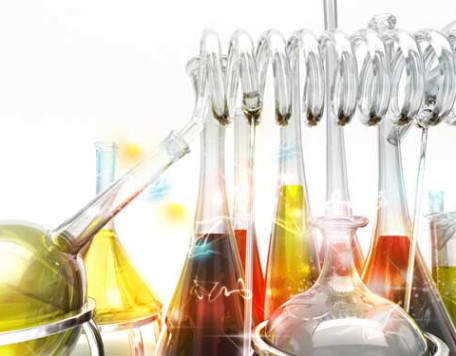© Pint of Science, 2025. All rights reserved.
Although we can't see them, microbes are all around us. Some cause deadly diseases, while others are beneficial for our health, for the environment, and even for industrial processes. Many use mind-boggling molecular mechanisms to perform chemical reactions or to synthesize versatile biomaterials. So what can we learn from them? Can we engineer them to make technology more efficient and sustainable? Join us to find out!
Image courtesy: National Human Genome Research Institute genome.gov
Image courtesy: National Human Genome Research Institute genome.gov
Waste to Wealth: Designer Microbes for Plastic Upcycling
Dr Joanna Sadler
(Chancellor's Fellow )
Plastic waste is an abundant and pervasive pollutant, generated at staggering quantities across the globe. Remarkably, microbes have already developed their own biological tools for degrading and ‘eating’ these materials. This talk will describe how we harnessed some of these tools to build and deploy designer microbes capable of converting plastic bottles into the flavour chemical vanillin, the chemical responsible for the sweet smell of vanilla. If properly managed, could waste plastic one day replace fossil fuels as a feedstock for chemical synthesis?
Learning New Technologies From Bloodsucking Parasites
Dr Davide Michieletto
(Royal Society University Research Fellow, Reader in Advanced Statistical Physics, Director of Impact, School of Physics and Astronomy)
Trypanosomes are single-cell parasites, living in the bloodstream and cells of humans or other mammals. They cause serious diseases, such as Leishmaniasis, sleeping sickness, and others. These parasites have a distinguishing feature: a bizarre structure called a kinetoplast, which is a form of DNA formed by thousands of rings, similar to medieval chainmail. Learn how these structures have puzzled biologists and inspired physicists, who are now using the kinetoplast as a model for new materials and technologies.
Map data © OpenStreetMap contributors.
Other Bar50 events
2025-05-20
Atomic Discoveries: Chemistry for a Sustainable Future
Bar50
50 Blackfriars Street , Edinburgh, EH1 1NE, United Kingdom
2025-05-21
Understanding our Galaxies
Bar50
50 Blackfriars Street , Edinburgh, EH1 1NE, United Kingdom



